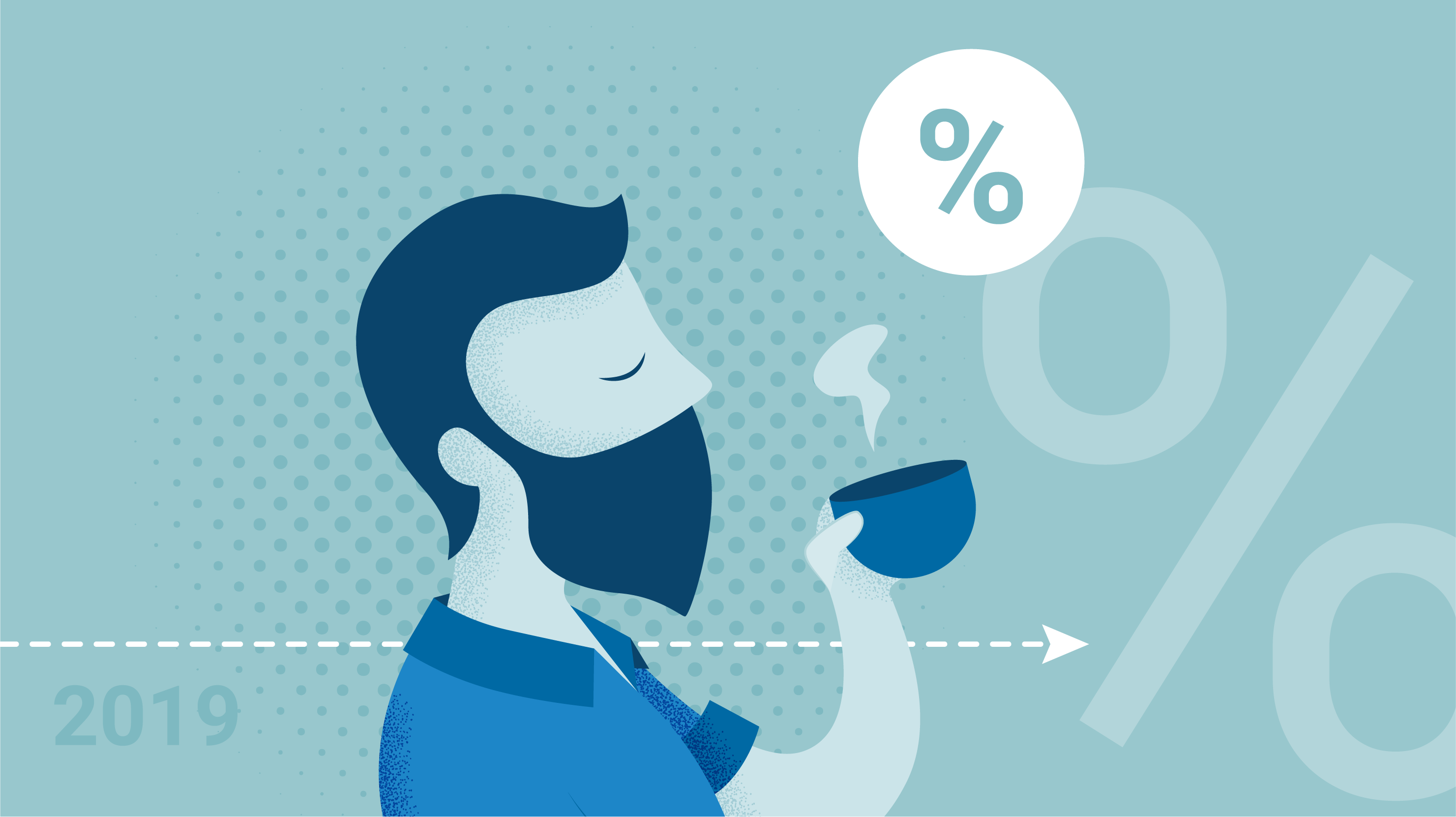
The Bank of Canada has kicked off the new year with a rate hold, opting to leave its trend-setting Overnight Interest Rate untouched at 1.75% where it has remained since last October.
That the central bank held off on hiking rates puts the breaks on its mandate to bring them to a “neutral” range between 2.5 – 3.5% – a goal that’s no longer economically feasible as Canada’s oil sector struggles. It also signals a temporary reprieve from the steadily rising rate environment facing consumers – the BoC has hiked a total of five times since July 2017, bringing the cost of borrowing from 0.5% to its current level.
In a release accompanying its rate announcement, the BoC stated, “Global benchmark prices for oil have been about 25 per cent lower than assumed in the October Monetary Policy Report (MPR). The lower prices primarily reflect sustained increases in US oil supply and, more recently, increased worries about global demand. These worries among market participants have also been reflected in bond and equity markets.”
Slowing Economic Factors
Woes in the oil patch have also prompted the BoC to downward revise the domestic outlook it released in October, saying GDP will now grow to only 1.7% this year – 0.4% lower than what was originally forecasted. Slower consumer spending – namely a housing market grappling with newly-introduced mortgage rules and slower demand – will also put a damper on the economy. Once hot markets such as Vancouver real estate and the Toronto MLS have seen sales plunge as a result of the tougher borrowing criteria. Growing tensions south of the border are also an issue; a potential U.S.-China trade conflict could shake the global economy and crimp growth to 3.4% this year.
Rate Hikes Still on the Table This Year
However, the BoC believes this breather will be just temporary – despite today’s risk factors, it still intends to increase rates as needed.
“These developments are occurring in the context of a Canadian economy that has been performing well overall,” it states. “Growth has been running close to potential, employment growth has been strong and unemployment is at a 40-year low. Looking ahead, exports and non-energy investment are projected to grow solidly, supported by foreign demand, the CUSMA, the lower Canadian dollar, and federal tax measures targeted at investment.”
“Weighing all of these factors, Governing Council continues to judge that the policy interest rate will need to rise over time into a neutral range to achieve the inflation target. The appropriate pace of rate increases will depend on how the outlook evolves, with a particular focus on developments in oil markets, the Canadian housing market, and global trade policy.”
That optimism isn’t reflected by the market, however, was some economists calling for a hike-free 2019 – and even a rate cut, should the oil industry not recover as hoped. In an interview with the Financial Post, BlackRock’s Toronto Head of Fixed Income Aubrey Basdeo said, “The bank has latitude to go on an extended pause. What’s the rush to get to neutral if inflation’s not an issue?”
Meanwhile, Ian Pollick, head of North American rates strategy with CIBC, told CBC, “At present, there is not a single hike priced for 2019.”
What Does This Mean If You’re a Borrower?
The latest data may reveal a gloomier economic picture, but there’s a silver lining for borrowers, especially those holding variable-rate mortgages and lines of credit. Because consumer lenders base the cost of their Prime- and market-linked loans to the Bank of Canada’s rate, no movement this month means borrowers won’t see any change to their monthly payments, or the amount of their payment that goes toward their debt principal, in the short term. It also means those shopping for a new variable-rate mortgage will enjoy more competitive rates today than they would should the BoC resume its upward trajectory later in the year.


